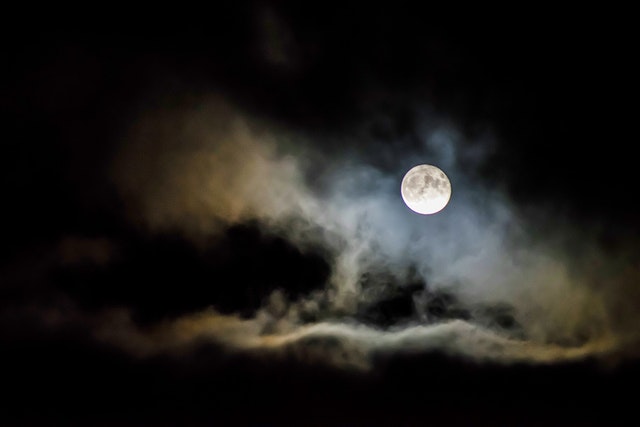This year has truly been a treasure trove of astronomical beauty and July promises even more reasons to look up at the stars.
Five astronomical events will light up the month of July this year, with the first as soon as July 3.
Comet C/2020 F3 (NEOWISE)
Eager stargazers can prepare to be dazzled as comet C/2020 F3 (NEOWISE) will make its way through our solar system on July 3 according to Space Tourism Guide.
Only discovered on March 27, 2020, the comet will make a rare visit to our solar system before it continues its trajectory. Southern hemisphere viewers will have the best seats for this show so mark your calendar.
Penumbral Eclipse
Just a few days later on July 5, a penumbral eclipse will grace the sky from about 6.29am to 7.52am. This unique eclipse involves the main shadow of the Earth slightly covering the moon. It is a difficult event to spot with the naked eye but is reportedly often mistaken for a full moon due to its dazzling nature.
Venus at its brightest
On July 8, Venus will reach its brightest peak. According to Time and Date, the planet will be highly visible from South Africa on this date.
Mars and the Moon draw close to Earth
If you peer up at the sky at roughly 11:20pm on July 11, you will be able to see a particularly close view of both Mars and the Moon.
According to Space Tourism Guide, these beautiful astral bodies will draw close to the Earth making for a stellar show.
Delta Aquariid meteor shower
Prepare to be stunned on July 28, as the Delta Aquariid meteor shower will reach its peak and allow best viewing times at midnight or just before dawn according to Earth Sky. Astral enthusiasts can expect as many as five meteors per hour and the peak of the shower at roughly 3am according to Space Tourism Guide.
Picture: Pexels

